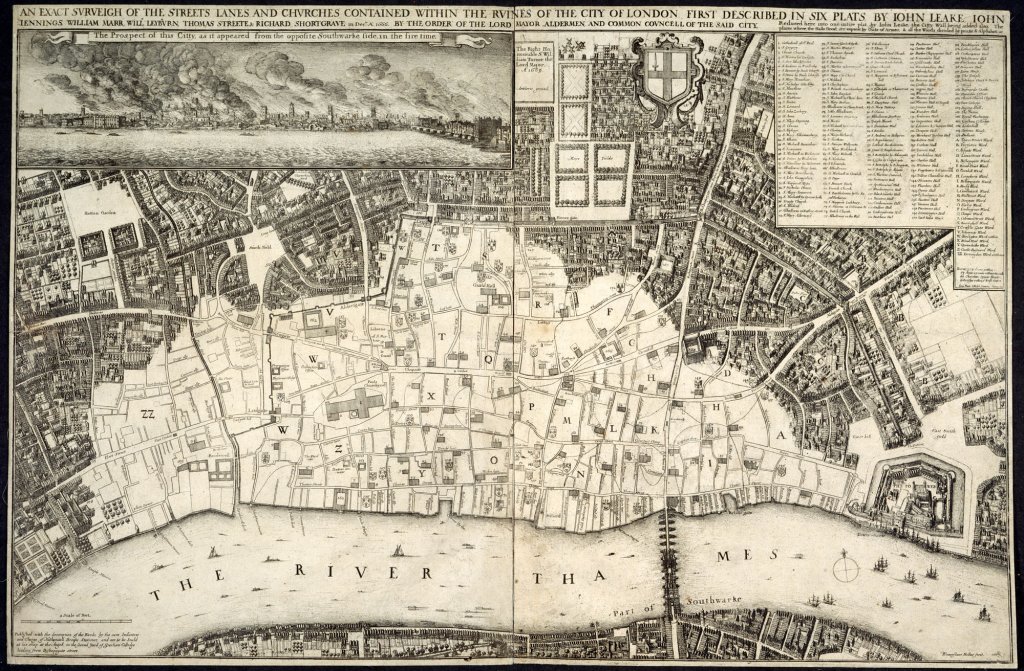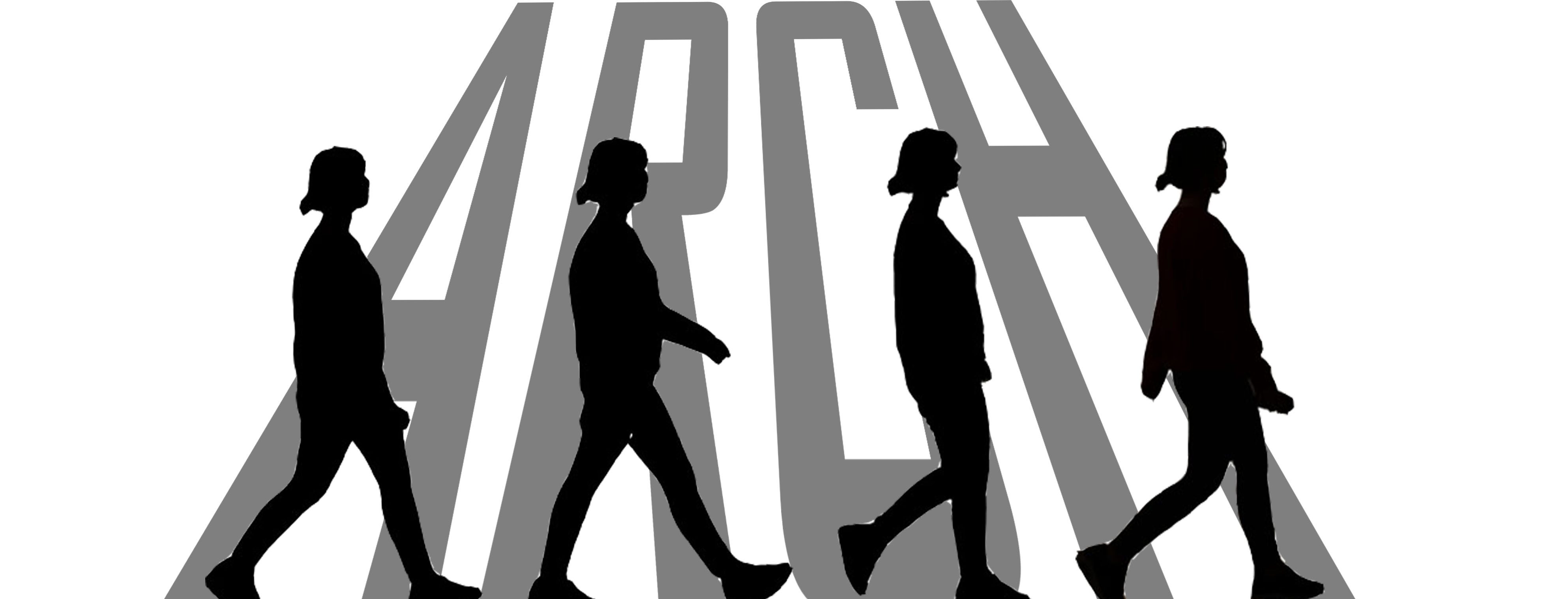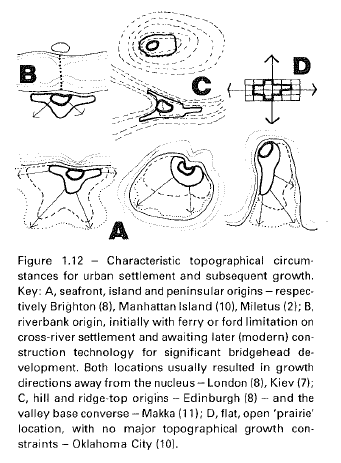This week’s subject of reading and presentation was the Great London Fire that broke out in 1666. Since I and my friend made the presentation together, I will try to explain this subject as dominantly as I can.
After the plague epidemic that affected the whole world in the 17th century, the great London fire that affected London on a large scale and helped to clear itself from the plague caused a great change in both the fabric and the social structure of the city. In this review article, it will be mentioned how the urban fabric is affected physically and socially.

First, let’s examine the characteristics of the urban fabric before the fire. In general, the southern part of the city was close to the river bank, surrounded by walls, with a lot of public areas, the use of wood was common in the houses, and its streets established different relations with all four sides of the city. The first plan of the city before the fire was made by designer John Leake.

As a result of the fire that started in a bakery and lasted for four days, a certain part of the city was destroyed and the government of the period aimed to find a solution to this. They found this solution by organizing a competition. As a result of this competition, five city plans with different structural and perspective stand out. However, none of these plans were implemented, because the form of the city was not suitable for the proposed new designs, and London wanted to preserve its own structure. I will talk about the designers of these five plans respectively and what kind of vision they adopted in their plans.
Robert Hooke: Orthogonal gridal plan system, preserve the structure of Medieval London.
Valentine Knight: Grid information canals and main roads.
John Evelyn: Reconstruction Italian style radial plan.
Christopher Wren: Similar to John Evelyn’s, potential of public buildings.
Richard Newcourts: Hierarchical order.
Secondly, if we evaluate the social development of the city after the fire, it is possible to say that the people and the government became quite conscious. For example, the first insurance service was established after the fire, the public who had not been informed about major fires until then was informed and the first fire brigade was established. In addition, architectural innovation has been made. While the use of wooden structures was common before the fire, there was a variety of materials.
In summary, even though the Great Fire of London provided an innovation both physically and socially in the form of the city, the fact that London did not abandon its traditions did not allow any change in the urban fabric today. The presentation of the subject has been added below for those who want to get more information about this subject.





